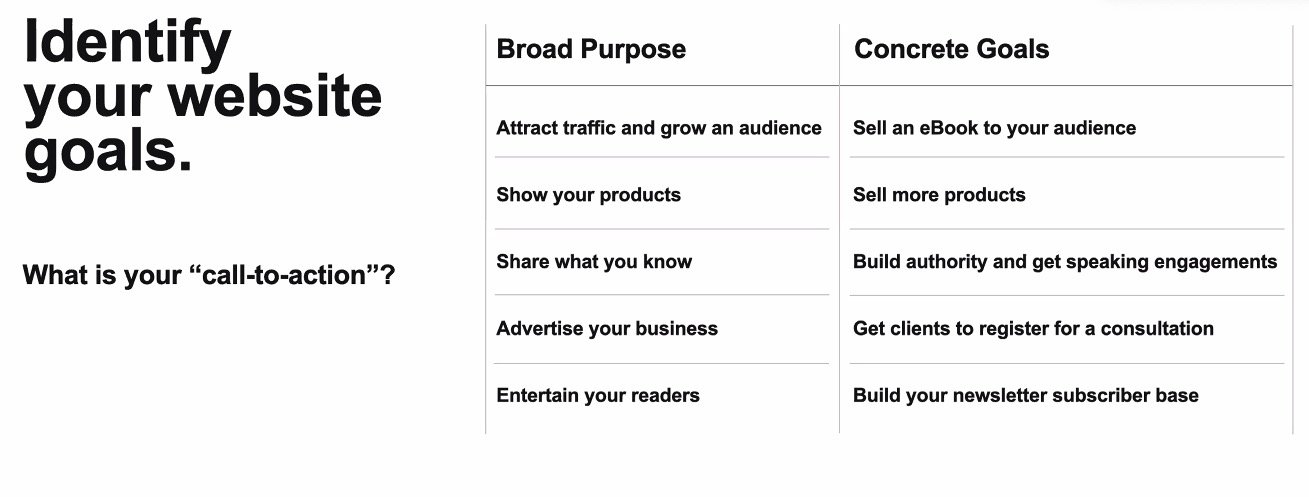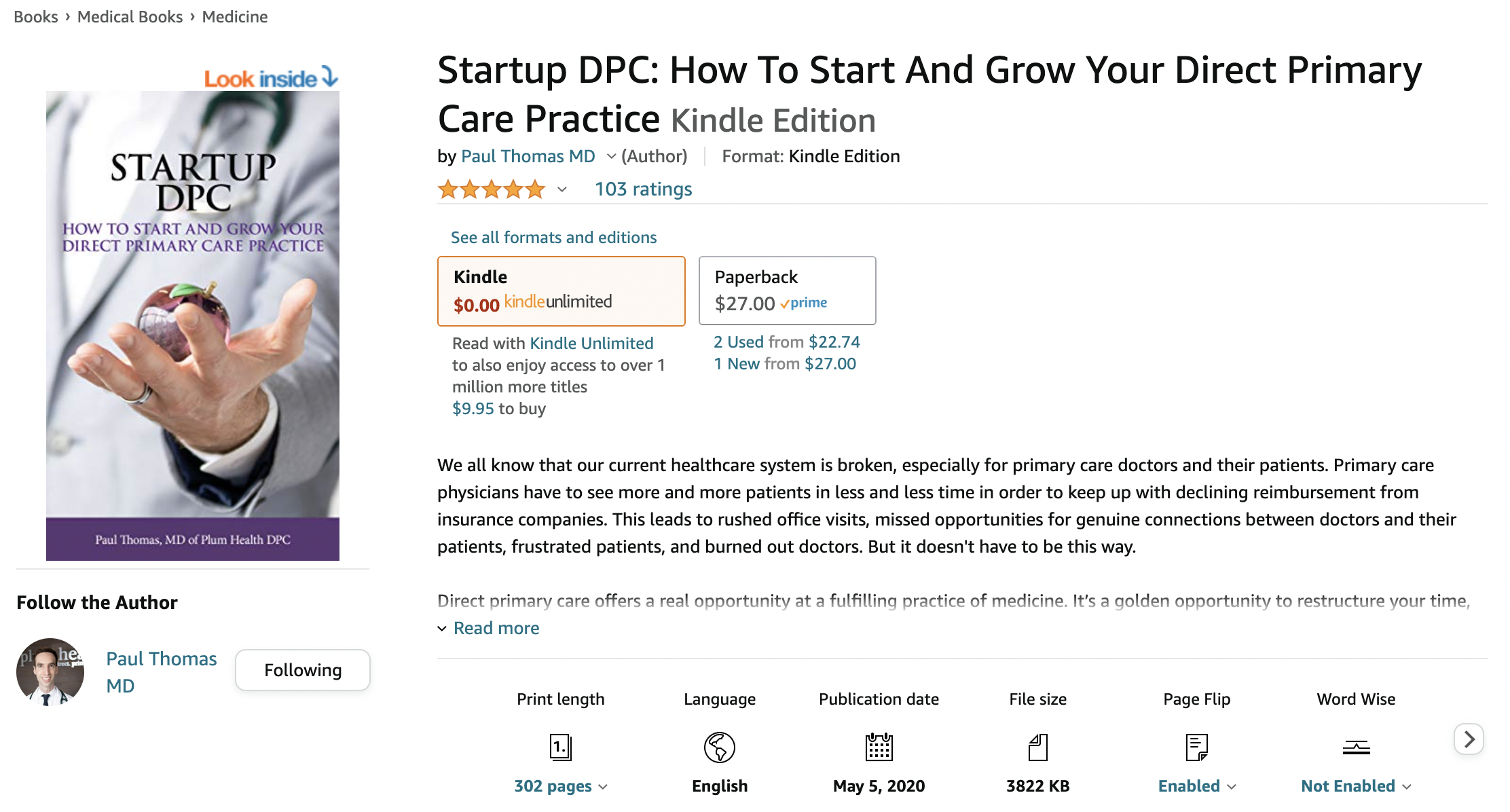how to market your direct primary care practice
Today I got a wonderful email from a 3rd year resident who wants to start a DPC practice right out of residency. This is commendable! and echoes what I did as a doctor starting a DPC right after residency completion.
He took our Startup DPC course on Writing a Business Plan and his big ask was as follows: “I wrote this long piece of content, what do you think?”
Overall, the content he wrote was good! It explained his ethos and the ethos of his clinic. But, I told him that one piece of content doesn’t move the needle. I asked him:
“can you consistently make a new piece of content each week, every week, for 5 years? That's the real question. I usually spend about 1 hour each week creating a piece of content to support my DPC practice. This consistency is what draws new members to our practice. It's nice to have a short video or blog post that explains your ethos, but can you create a new piece of content each week?”
How to consistently create content
The best way to consistently create content is to take photos of the work you do in your clinic and to take photos of the work you do in the community. Family photos and hyperlocal content does well also.
You should always be thinking about content creation and trying to capture the moments that visually explain what you do in your DPC practice and how you do it and what it means for the community. After all, a picture is worth a thousand words!
Now, take those pictures, add a caption and post them to your favorite social media channels. I use Facebook, Instagram, LinkedIn, and TikTok most often, in that order. If you can create an engaging piece of content every month, you will have great success with your marketing efforts for your Direct Primary Care practice.
Examples from Plum HEalth DPC
Here are some examples from my business, Plum Health DPC, from the last 4 months of 2022:
6 years in business: https://www.instagram.com/p/Cmt81PZL3JB/
Influenza A updates: https://www.instagram.com/p/CmXKf6OvMsu/
House call medicine: https://www.instagram.com/p/ClWl_TrvCC3/
Passing of a community physician, friend, and mentor: https://www.instagram.com/p/ClHXhYXvSBa/
Volunteering at a health fair: https://www.instagram.com/p/CjdM4ytL-g3/
Teaching other physicians about DPC: https://www.instagram.com/p/CjYJKr_L3Ka/
Talking about healthy foods in Detroit: https://www.instagram.com/p/CjBfbA0P7qz/
Laceration repair: https://www.instagram.com/p/CiA-KN6O7Or/
Here are a few more blog post ideas for your direct primary care practice:
The benefits of direct primary care for patients
Why you decided to start your direct primary care practice
The differences between direct primary care and traditional primary care
The role of technology in direct primary care (texting patients, emailing patients, video chats with patients)
The importance of preventive care in direct primary care (how you have more time to address preventive medicine issues)
Direct primary care and the opioid crisis (how you can help your patients manage pain more effectively with multiple modalities, rather than with a pill)
Direct primary care and mental health
The impact of direct primary care on healthcare costs
The future of direct primary care
Success stories from patients in a direct primary care practice
Good luck! and keep writing! It helps to keep your audience engaged and it helps to grow your practice when your community knows about you and your ethos.
-Dr. Paul Thomas with Startup DPC









